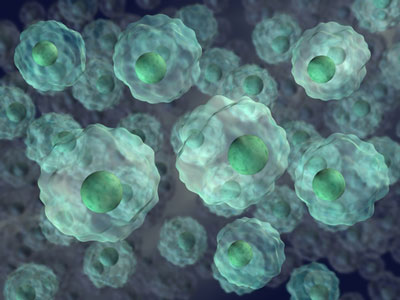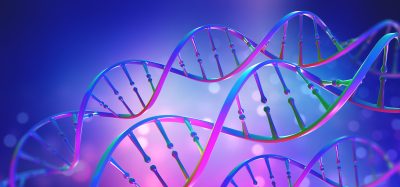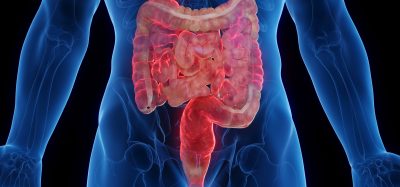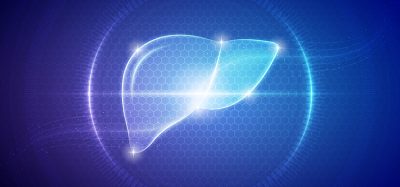Novel 3D stem cell therapy to treat critical limb ischaemia
Posted: 14 March 2024 | Drug Target Review | No comments yet
Exhibiting an excellent angiogenic effect, the stem cell therapy could provide an alternative to angioplasty procedures.

Researchers from the Center for Biomaterials Research at the Korea Institute of Science and Technology (KIST) have developed a three-dimensional (3D) stem cell therapy to treat critical limb ischaemia through a self-assembling platform technology using collagen microgels. In comparison to 3D stem cell therapies made of cells alone, this enabled the scientists to transplant stem cells easily into the body and increase cell survival rate.
Critical limb ischemia is a severe form of peripheral artery disease, causing progressive closure of the arteries in the lower legs and resulting in necrosis of the tissue and eventual amputation. Current treatments include angioplasty procedures like stent implantation and anti-thrombotic drugs. However, there is a risk of blood vessel damage and recurrence of blood clots, which is why stem cell treatment is of great interest.
Stem cell therapies have high tissue regeneration capabilities, but when they are transplanted alone, immune responses, hypoxia at the site of injury, and other factors can lessen cell viability and prevent the desired therapeutic effect. Therefore, a material is required that delivers stem cells using biodegradable polymers or components of extracellular matrix as a support to increase cell viability.
The researchers processed collagen hydrogels to micro-scale to form porous, 3D scaffolds that are easy to inject in the body and have a uniform cell distribution. Collagen, a component of the extracellular matrix, has excellent biocompatibility and cellular activity. It can induce cell self-assembly by promoting interactions between the microgel particles and collagen receptors on stem cells. The spacing between microgel particles increased the porosity of the 3D constructs, improving delivery efficiency and cell survival.
More pro-angiogenic factors were expressed by these microgel-cell constructs. They also exhibited higher angiogenic potential than cell-only constructs. When microgel-cell constructs were injected into the muscle tissue of mice with critical limb ischemia, blood perfusion rate increased by around 40 percent and limb salvage ratio increased by 60 percent compared to the cell-only constructs. This confirmed their effectiveness in increasing blood flow and preventing necrosis in the ischemic limb.
Angiogenesis is a crucial component of multiple tissue regeneration processes, so this new stem cell therapy with its excellent angiogenic effect, can be extended to other diseases with similar mechanisms to peripheral arterial disease.
Dr Sangheon Kim of KIST, “The collagen microgel developed in this study is a new biomaterial with excellent biocompatibility and high potential for clinical applications…We plan to develop technologies for administration methods required in the medical field, as well as conduct follow-up research to clarify the clear mechanism of action of the treatment and discover target factors.”
This study was published in Bioactive Materials.
Related topics
Regenerative Medicine, Stem Cells, Therapeutics
Related conditions
Critical limb ischemia
Related organisations
Korea Institute of Science and Technology (KIST)
Related people
Dr Sangheon Kim (KIST)







